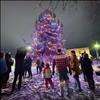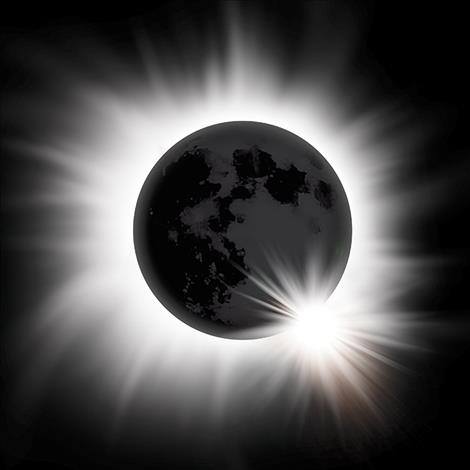Montana team to livestream, capture data from eclipse
Keep Reading!
You’ve reached the limit of 3 free articles - but don’t let that stop you.
 Holiday events planned throughout communities valley-wide
Holiday events planned throughout communities valley-wideMISSION VALLEY — Communities are celebrating the holiday season with parades, festivals and other activities in Polson, Ronan and St. Ignatius in the next few weeks leading up to Christmas. Polson Polson&r...
 Legislative Notes
Legislative Notes Over the past 40 years, Montana’s property tax burden quietly shifted from natural resource extraction and industries to homeowners. From 2003 to 2023 alone, residential property as a percentage of the total taxab...
POLSON — Ashley Whitmore, 33, will face a jury trial on March 9 in Lake County District Court on one charge of deliberate homicide in the shooting death of 39-year-old Adam Mowatt of Polson. She was arraigned Nov. 20 in Lake County District Court before the Honorable John Mercer, where she...
 Cherry growers narrowly dodge labor shortage as Trump policies worry workers
Cherry growers narrowly dodge labor shortage as Trump policies worry workersLAKE COUNTY — In early July, a transformation takes place on the eastern shorelines of Flathead Lake. As the Mission Mountains loom in the background, endless groves of trees begin to display little red frui...
Send us your news items.
Use these forms to send us announcements.
Birth Announcement
Bigstock photo
A total solar eclipse will occur Monday, Aug. 21. The eclipse will begin at approximately 10 a.m. and peak at 11:36 a.m.
Issue Date: 7/26/2017
Last Updated: 7/25/2017 3:26:36 PM |
You’ve reached the limit of 3 free articles - but don’t let that stop you.
Sponsored by:
© Copyright Valley Journal, Ronan, MT. All rights reserved. | Privacy Policy
| Terms of Use | Submission Guidelines
Weather data provided by 
